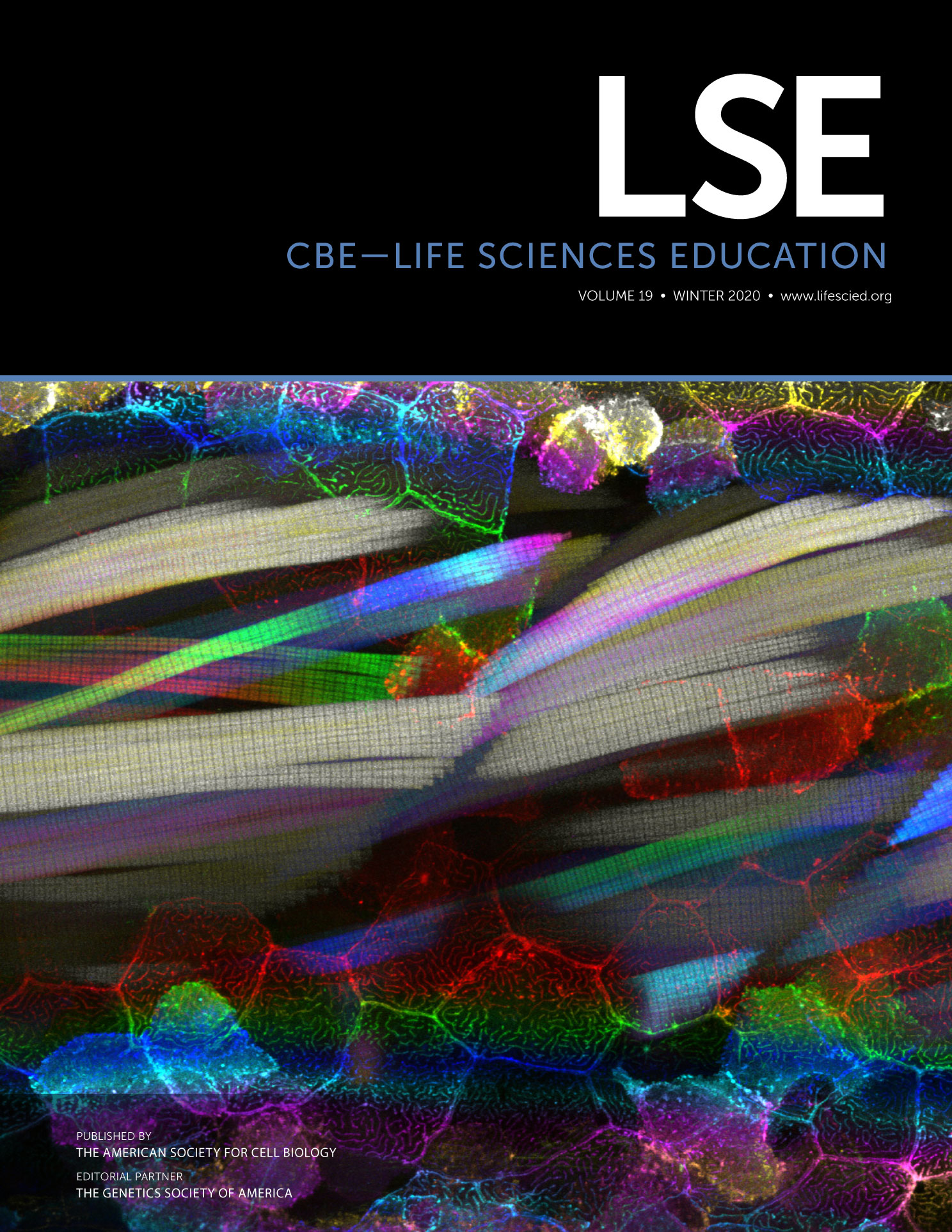Teaching and Learning Science through Multiple Representations: Intuitions and Executive Functions
Abstract
Reasoning about visual representations in science requires the ability to control one’s attention, inhibit attention to irrelevant or incorrect information, and hold information in mind while manipulating it actively—all aspects of the limited-capacity cognitive system described as humans’ executive functions. This article describes pedagogical intuitions on best practices for how to sequence visual representations among pre-service teachers, adult undergraduates, and middle school children, with learning also tested in the middle school sample. Interestingly, at all ages, most people reported beliefs about teaching others that were different from beliefs about how they would learn. Teaching beliefs were most often that others would learn better from presenting representations one at a time, serially; while learning beliefs were that they themselves would learn best from simultaneous presentations. Students did learn best from simultaneously presented representations of mitosis and meiosis, but only when paired with self-explanation prompts to discuss the relationships between the graphics. These results provide new recommendations for helping students draw connections across visual representations, particularly mitosis and meiosis, and suggest that science educators would benefit from shifting their teaching beliefs to align with beliefs about their own learning from multiple visual representations.



